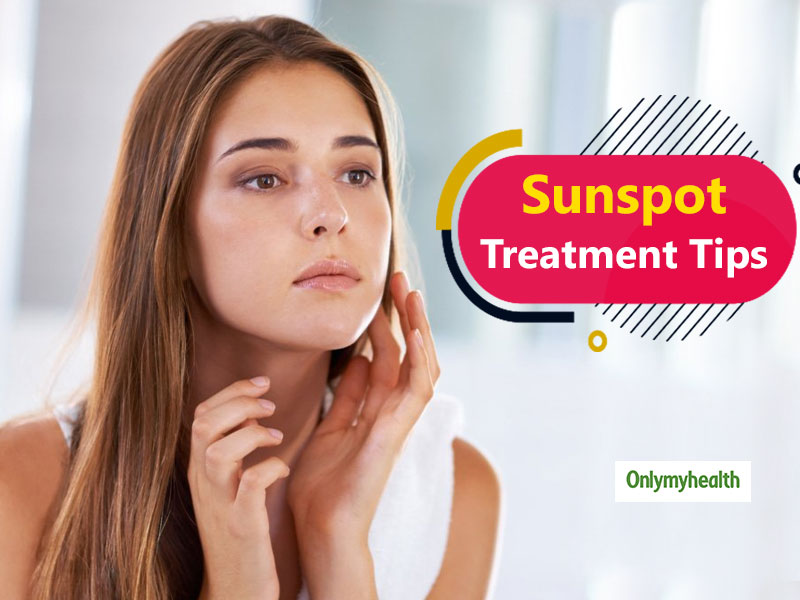
Exposing yourself to the sun too much can result in several health problems but that doesn’t mean that all of those conditions are harmful. While some can be serious, some are not dangerous at all. One such condition is white spots on the skin. Tanning can lead to the onset of white spots on the face, neck, hands and arms (or other parts of the body depending on skin’s exposure to the sun). This might sound scary but it's not.
Table of Content:-
This skin condition is your body’s response to too much exposure. White skin spots are usually harmless, however, it is important to get it checked by a dermatologist to understand the cause and the treatment.

Here are some of the possible causes of white spots and the ways to treat them.
Sunspots (Idiopathic guttate hypomelanosis)
Sun exposure is good for the skin, but too much of it can wreak havoc on your skin. Sunspots or idiopathic guttate hypomelanosis are a consequence of excessive sun exposure. It generally happens due to the use of sunbeds. It is common in people with white skin or people who are over 40.
How to Treat
- Less exposure to the skin
- Regular use of sunscreen on the exposed parts of your body
- Cover your skin properly to avoid the harmful rays of the sun
- Medical treatments include:
- Medications
- Laser and intense pulse light therapy
- Freezing
- Dermabrasion
- Chemical peel
Also Read: Almond Charcoal Cream Benefits: 2 Minute DIY Trick To Remove Acne, Pimple Marks
Milia

These are small bump-like cysts found around the eyes, nose and cheeks area. They are white or yellow in colour and painless. It develops when keratin, a protein, that makes up the outer layer of the skin becomes trapped under the skin.
How to Treat
- Using oil-free soaps to clean your skin
- Moisturize the affected areas regularly
- Using creams containing vitamin E or vitamin a
- Medical treatments include:
- Cryotherapy
- Deroofing
- Topical retinoids
- Chemical peels
- Laser ablation
- Diathermy
- Destruction curettage
Vitiligo
Vitiligo is an autoimmune disease that causes the skin to lose its pigment and colour in patches. They can appear anywhere on the body and this disorder can affect anyone.
How to Treat
- Wear sunscreen
- Restoring skin colour
- Use self-tanning lotions, instead of going out in the sun too much
- Medical treatments
- Light therapy
- Surgical procedures
- Medications that improve immunity
- Medicated creams
Also Read: Egg Face Mask: Not Just For Hair, Egg Is A Booster For Skin Too
Pityriasis alba

It is a common skin condition, generally found in kids and it is seen as dry and scaly patches on the skin.
How to treat
- Take lukewarm baths (not hot ones)
- Avoid too much exposure to the sun
- Use cream-based moisturizers
- Curb the use of scented perfumes
Tinea Versicolor or Fungus
Tinea Versicolor is a fungal infection of the skin. It results in small and discoloured patches on the skin. They may change colour or become larger over time. Some of the common symptoms of tinea versicolor include scaly skin, dry skin and itching.
How to Treat
- Use medicated soaps, especially in hot weather
- Avoid excessive heat
- Avoid excessive sweating or exposure to the skin
Read more articles on Skincare
Read Next
Candle Massage Is A New Fad For A Healthy Skin. Follow These Precautions During This Massage
How we keep this article up to date:
We work with experts and keep a close eye on the latest in health and wellness. Whenever there is a new research or helpful information, we update our articles with accurate and useful advice.
Current Version
